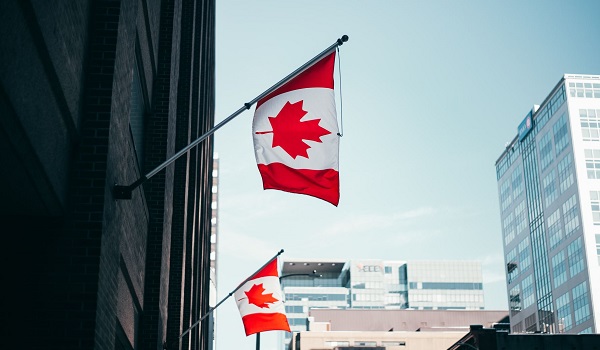Canada’s inflation slows to a 3-year low of 2.7%, increasing June rate cut odds
Canada’s annual rate of core inflation eased for a fourth straight month, bolstering a case for policymakers to begin an easing cycle in the coming months, but a slight increase in the monthly pace may keep a June rate cut from being a certainty.
The Bank of Canada’s two core inflation measures slowed in April to an average yearly pace of 2.75 per cent, down from 3.05 per cent a month earlier, Statistics Canada reported Tuesday in Ottawa. That’s slightly slower than the 2.8 per cent expected in a Bloomberg survey of economists.
A three-month moving average of the rate, however, rose to an annualized pace of 1.64 per cent, from 1.35 per cent in March, according to Bloomberg calculations. That’s the first gain since December.
The headline consumer price index rose 2.7 per cent from a year ago, matching expectations and down from a 2.9 per cent gain a month earlier. That’s still the fourth straight month of the rate running within the central bank’s target range.
The loonie weakened after the release, dropping about 0.24 per cent on the day to $1.3658 per U.S. dollar as of 9 a.m. Ottawa time. Canadian government two-year bond yields were down about seven basis points to 4.169 per cent. Traders boosted bets for a June rate cut to about 60 per cent, from around 40 per cent earlier.
The index climbed 0.5 per cent on a monthly basis, also matching expectations, and rose 0.2 per cent on a seasonally adjusted basis.
April’s data extends the streak of deceleration in annual core inflation rates since the start of this year. The report will test whether policymakers view the four-month run of easing underlying pressures as satisfying their condition of sustained progress, giving them the option of cutting rates as early as their next meeting on June 5.
To pivot to easier policy, Governor Tiff Macklem and his officials set a condition that they need to see “further and sustained easing in core inflation.” They’ve said they’re already satisfied with the “further” element and are now looking to see the progress “sustained.”
This is last of two inflation reports before the bank’s next rate decision, with Macklem characterizing March core inflation as “moving in the right direction.” The majority of economists in a Bloomberg survey expect policymakers to cut their key policy rate by 25 basis points at the June meeting, marking the start of an easing cycle.
Here’s what Bloomberg Economics says…
“With output growth slowing, we expect the governing council to be increasingly confident that underlying inflation pressures will continue to subside and price pressures will cool further. We think odds still favor a first rate cut in July, but another hot labor-market survey — like April’s — runs the risk of further delays.”
— Stuart Paul, U.S. and Canada economist
“While the market still seems somewhat hesitant to fully commit to a rate cut in June, we see the latest inflation data as enough for the Bank of Canada to begin a gradual easing cycle at its next policy announcement,” Royce Mendes, director of macro strategy at Desjardins Securities, said in a report to investors.
There is nothing in Tuesday’s report that would prevent the Bank of Canada from cutting next month, Charles St-Arnaud, chief economist at Alberta Central, said in an email.
“If they don’t, it would be a matter of extreme caution, rather than suggesting that upside risks to inflation remain a concern,” he said.
There’s no debate that policy is tight in Canada, Benjamin Reitzes, rates and macro strategist at Bank of Montreal, said in an email.
“The question for the Bank of Canada is whether inflation has tamed sufficiently to start lessening the level of restrictiveness. We now have four consecutive tame CPI reports, consistent with the view that the output gap is driving disinflationary pressure,” he said.
“The door is open for a June rate cut, but when they move it will be gradual with U.S. strength and a reluctant Fed limiting how far and how fast rates can fall.”
In April, mortgage interest costs and rent remained the biggest contributors to the annual change in the rate of inflation. Mortgage interest costs jumped 24.5 per cent and rents increased 8.2 per cent. Excluding shelter costs, the consumer price index rose 1.2 per cent from a year ago, versus 1.5 per cent in March.
Excluding food and energy, the index rose 2.7 per cent from a year ago, down from 2.9 per cent. Services inflation decelerated to 4.2 per cent, from 4.5 per cent in March. Food inflation, which reached 2.3 per cent in April, led the deceleration in consumer prices.
Regionally, prices increased at a slower pace from a year ago compared with March in six of 10 Canadian provinces.
This article was first reported by BNN Bloomberg












